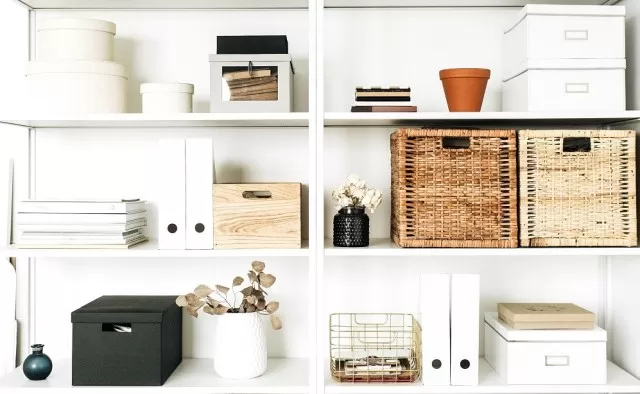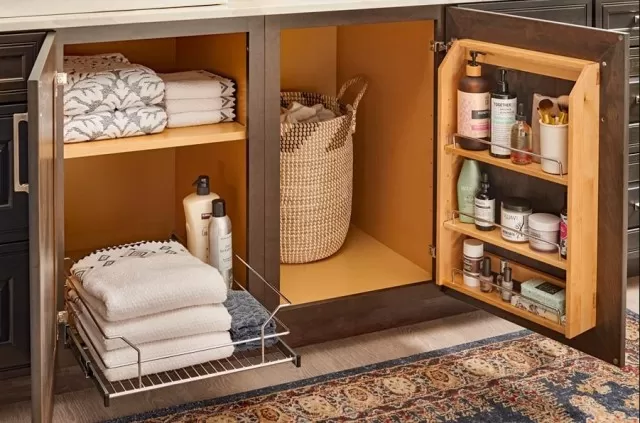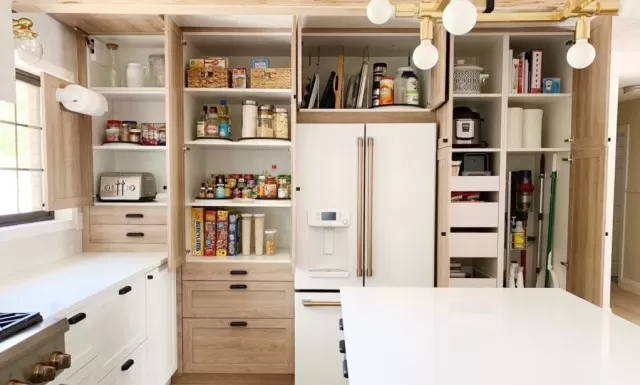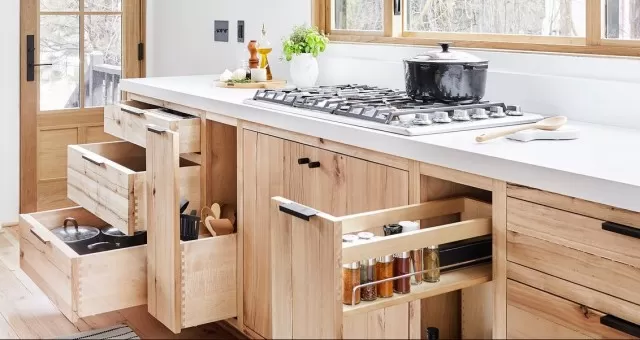Organizing your bulk purchases and creating a dedicated storage system can indeed help you stay on top of your supplies and avoid clutter.
Determine Storage Space

Next, evaluate the available storage space in your home.
Identify areas where you can store your backstock items, such as a pantry, closet, garage, or basement. Take measurements of these spaces to ensure that your storage containers or shelving units will fit properly.
Consider utilizing vertical space by installing shelves or using stackable storage solutions to maximize storage capacity.
Also, keep in mind the accessibility of the storage area. Items you use frequently should be easily reachable, while those used less often can be stored in less accessible areas.
Choose Storage Containers

Invest in suitable storage containers that will keep your items organized and protected.
Clear plastic bins or containers with lids are ideal for backstock storage as they allow you to see the contents while keeping them safe from dust and pests. Opt for containers of different sizes to accommodate various items.
Additionally, consider using storage solutions specifically designed for certain products, such as can organizers for canned goods or over-the-door storage racks for cleaning supplies.
These specialized organizers can help maximize space and keep items easily accessible.
Label and Categorize

Labeling your storage containers is crucial for easy identification and retrieval of items.
Use adhesive labels or a label maker to mark each container with its contents. You can also assign specific shelves or areas for different categories of items.
Categorize your backstock items based on their type or function, as mentioned earlier (cleaning supplies, paper goods, pantry items, household items, health, and beauty products).
This will make it easier to locate specific items when needed.
Create a System for Rotation

To prevent items from expiring or becoming unusable, implement a rotation system.
Place newer items behind older ones, ensuring that you use older items first. This way, you’re constantly replenishing your supplies and minimizing waste.
Regularly check expiration dates and discard any expired items.
Keep a list or use a tracking app to monitor the dates and quantities of your backstock items, so you can easily track what needs to be used or restocked.
Maintain Organization

Maintaining an organized backstock system requires regular maintenance.
Dedicate time to declutter and reorganizing the storage area periodically. Wipe down shelves or containers, check for damaged or expired items, and make adjustments to Your Organization as needed.
Stay mindful of your inventory levels and adjust your purchasing habits accordingly.
Aim to keep a balance between having enough supplies on hand and avoiding unnecessary clutter.
By following these steps and establishing an organized system for your backstock reserve, you can efficiently manage your bulk purchases, prevent waste, and have easy access to the items you need when you need them.
*The information is for reference only.